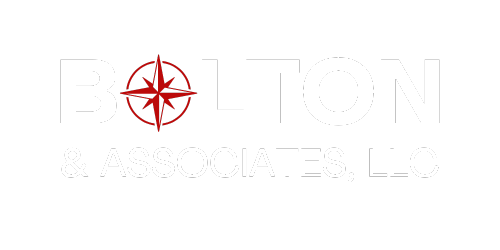The art of the deal is all about a deal that people will want to do. We help build the deal structure, plan, strategy, proforma, and help market the deal to the capital markets.
In the context of real estate development projects, financing involves a blend of equity and debt to fund the venture. We work to establish the financing plan and have expertise in the capital stack in each type:
Equity Financing and Partnerships
We work to help secure equity financing and provide a virtual and fractional “VP of Land Development” to your team to ensure you are managing the capital raising process and marketing to known, reputable limited partners.
Ownership Stake: Equity financing involves selling ownership interest in the project to investors. These investors become partial owners and share in the project’s risks and rewards.
Higher Risk, Higher Reward: Equity holders bear more risk than debt providers. However, they also have the potential for higher returns if the project succeeds.
No Fixed Repayment Schedule: Unlike debt, equity doesn’t come with fixed repayment terms. Investors receive returns through dividends, capital appreciation, or eventual sale of their shares.
Common Sources: Equity financing often comes from individual investors, institutional funds, or real estate investment trusts (REITs).
Debt Financing
We work to manage the application and marketing process of financing offerings to the debt markets. We help with outreach, applications, appointments, and analyzing term sheets for fiscal impact on the proforma.
Borrowed Capital: Debt financing involves borrowing money from lenders (such as banks or bond markets). The borrower (developer) agrees to repay the borrowed amount along with interest.
Priority Repayment: Debt holders have priority in repayment. They receive fixed interest payments and expect repayment of the principal amount within a specified period.
Lower Risk, Fixed Returns: Lenders face lower risk compared to equity investors. Their returns are predetermined, making debt financing a more stable option.
Types of Debt: Debt can be in the form of construction loans, mortgages, or bonds issued by the project.
Capital Stack: The capital stack represents the layers of financing in a real estate project. It includes both equity and debt components. Here are the main elements:
Senior Debt: This is the most secured capital, typically provided by banks or institutional lenders. It has priority in repayment.
Subordinated Debt (Mezzanine): Positioned below senior debt, mezzanine debt bridges the gap between senior debt and equity. It offers higher returns but also higher risk.
Preferred Equity: A hybrid form, preferred equity combines features of debt and equity. It receives priority over common equity but ranks below senior debt.
Common Equity: Common equity represents ownership shares. It carries the highest risk but also potential for substantial gains.
In summary, real estate development projects rely on a mix of equity and debt financing, carefully balancing risk, returns, and project requirements.
“Look at market fluctuations as your friend rather than your enemy; profit from folly rather than participate in it.“
~ Warren Buffett

